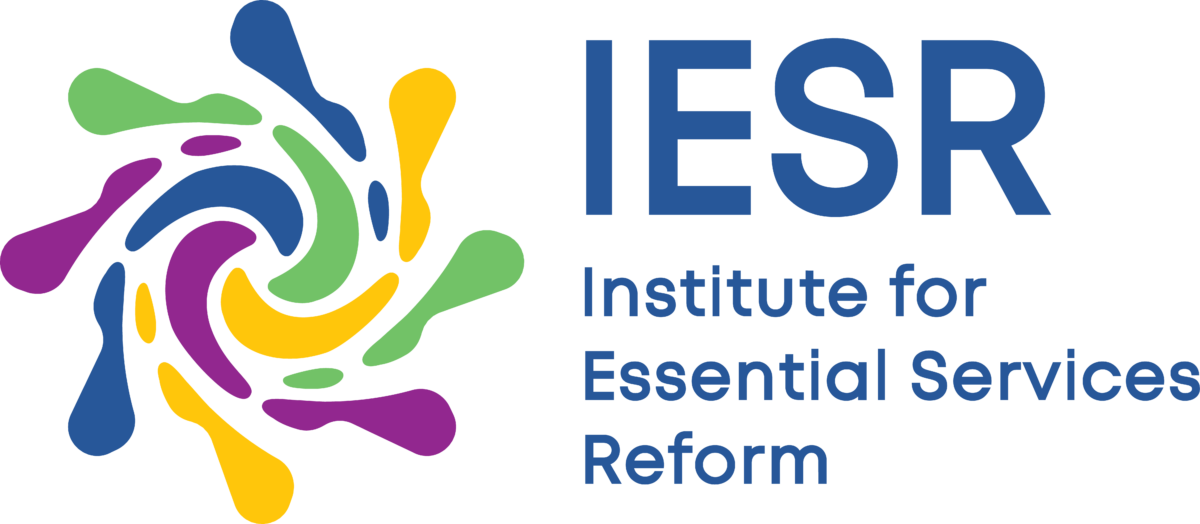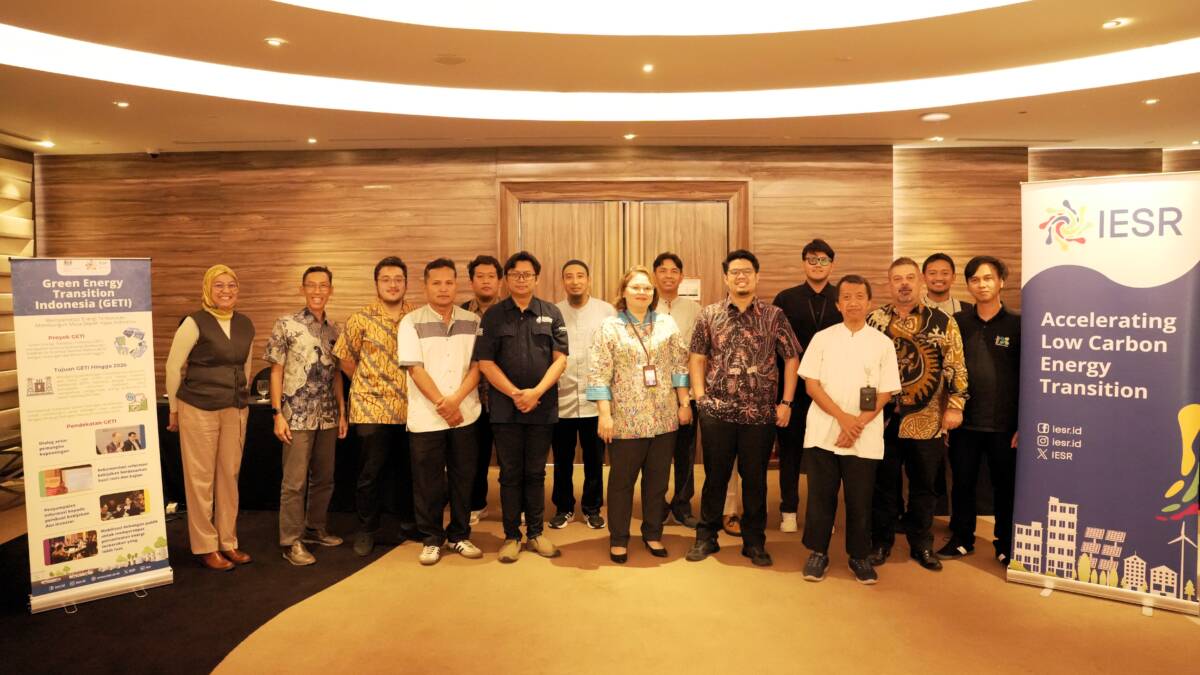Jakarta, July 18, 2025 – The Indonesian government launched the National Hydrogen Strategy (SHN) in 2023 and the National Hydrogen and Ammonia Roadmap in 2025 as part of its efforts to promote hydrogen development, including green hydrogen. To support these initiatives, the Institute for Essential Services Reform (IESR) established the Indonesian Green Hydrogen Community (KH2I) through the Green Energy Transition Indonesia (GETI) program, with support from the British Embassy in Jakarta.
During a discussion titled “Indonesian Green Hydrogen Community (KH2I): Indonesia’s Readiness to Build a Green Hydrogen Ecosystem” held on July 18, 2025, in Jakarta, Fabby Tumiwa, Chief Executive Officer (CEO) of IESR, highlighted the need to narrow the hydrogen price gap to accelerate its development. He noted that the continued decline in electricity prices from renewable energy sources presents promising opportunities to further reduce hydrogen production costs in the future.
“The current priority is to ensure that domestic demand is also developed. To achieve this, strong policy support is essential, such as financing mechanisms, tax incentives, and carbon pricing schemes. The government should also prioritize the use of hydrogen in sectors that are ready, have high energy consumption, and utilize mature technologies. This phased approach will help create a viable market and attract investment,” explained Fabby.
Andriah Feby Misna, Director of New and Renewable Energy at the Ministry of Energy and Mineral Resources, expressed optimism about the progress of hydrogen development in Indonesia. She projected that by 2060, hydrogen demand will reach 11.7 million tons per year, with the industrial sector as the largest consumer, followed by power generation and transportation.
“Currently, we at the Ministry of Energy and Mineral Resources are preparing a Draft Government Regulation (RPP) on hydrogen management. This regulation will cover various aspects, including the supply chain, pricing, subsidies, incentives, and green hydrogen certification,” added Andriah Feby.
To address the cost challenge, the government has introduced support measures aimed at improving the economic viability of hydrogen projects. Ratih Purbasari Kania, Director of Natural Resources and Manufacturing Industry Planning at the Ministry of Investment and Downstream Industry/Investment Coordinating Board (BKPM), stated that the government is designing a range of incentives and regulations to attract more investment in the energy sector, including green hydrogen. These include tax allowances, import facilities in the form of duty-free and VAT exemptions for capital goods, and tax holidays.
“The government is also promoting the development of 24 industrial zones and Special Economic Zones (SEZs) as centers of economic growth and downstream processing. These zones will be equipped with infrastructure, streamlined licensing processes, and skilled human resources. They are expected to become hubs for hydrogen production, particularly those located near major user industries such as chemicals, petrochemicals, and smelters,” said Ratih.
Highlighting hydrogen-related initiatives in Indonesia, Yunus Tohir, General Manager of the Kamojang Power Generation Business Unit at PT PLN Indonesia Power, stated that the company has implemented a green hydrogen roadmap. One of the key initiatives is the construction of 21 hydrogen plants across various regions in Indonesia by 2023. PLN has also been operating a Hydrogen Refueling Station (HRS) in Senayan since 2024 and is currently developing a geothermal-based hydrogen plant at the Kamojang Geothermal Power Plant, which serves as one of the flagship projects in the country’s green hydrogen development program.
Yunus revealed that out of the total green hydrogen production of 203 tons per year, PLN utilizes approximately 75 tons annually for generator cooling. The remaining 120 tons constitutes surplus production, presenting opportunities for broader utilization.
“Almost all of PLN’s large power plants, particularly in Java and Sumatra, already use hydrogen for generator cooling systems. However, its usage has so far been limited, mainly during plant overhauls (repairs/maintenance) or when plants resume operations. As a result, much of the current hydrogen production capacity remains in standby mode. This presents a clear opportunity to further expand hydrogen utilization as part of Indonesia’s national green energy ecosystem,” explained Yunus.
Mark Shiels, Managing Director of PT MBR Global Indonesia, further noted that one of the most accessible opportunities (low-hanging fruit) for green hydrogen utilization lies in microgrids, specifically by converting excess, unused electrical energy into hydrogen fuel. This hydrogen can then serve as an energy reserve, extend battery life, or provide energy access to remote areas.
Mark also highlighted that many companies, particularly those relying on natural gas and bound by sustainability mandates from their overseas headquarters, are beginning to explore green hydrogen solutions.
“One simple approach is to install solar panels on factory rooftops, place hydrogen production container units in parking areas, and directly feed the hydrogen into the production process, without the need for complex storage systems,” he explained.
KH2I is a collaborative platform that brings together representatives from industry, higher education institutions, and media outlets who are interested in hydrogen-related issues. Through this community, the establishment of a green hydrogen ecosystem is expected to support government’s National Hydrogen Strategy. Join the community through the following link s.id/Registrasi_KH2I.

